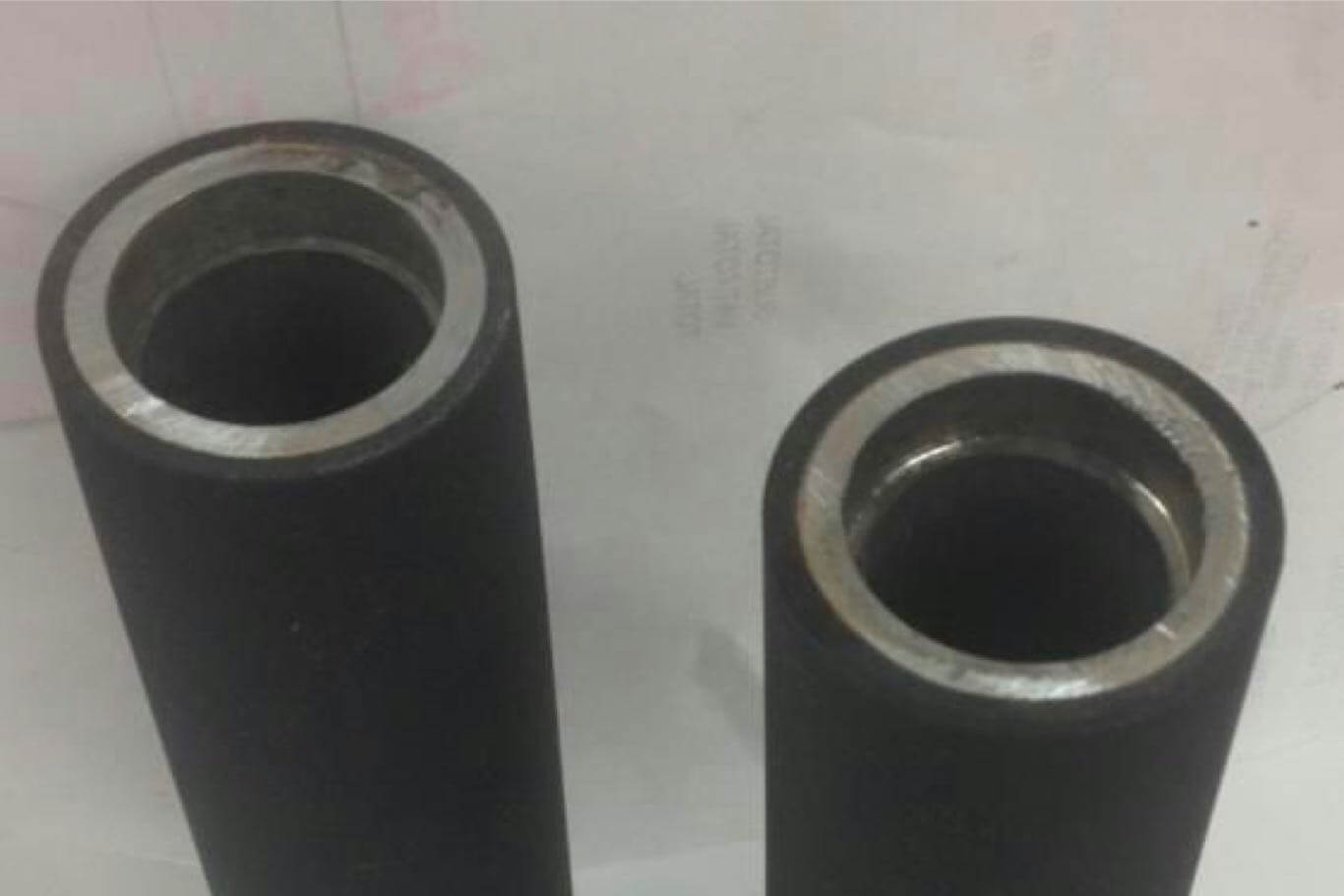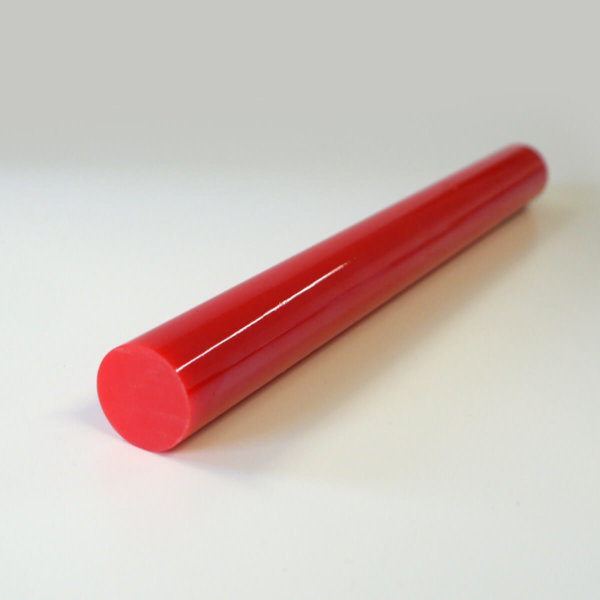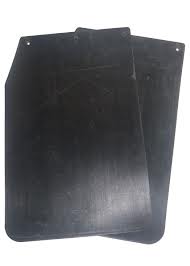The ‘wheels of industry’ are often in fact cylinders; the conveyor belt roller (or conveyor belt wheel) that underpins countless production and goods-handling processes. Is it time to move your thinking on rollers?
Millions of pounds worth of belt-type elevators, conveyors and turntables are bought each year in the UK, to move goods and materials around.
They feature in a highly diverse range of manufacturing, engineering, fulfilment and logistics operations. They are also used for brewery bottling lines, mining operations, mail sorting and airport luggage and cargo handling, to name but a few niche sectors.
Underneath those many miles of conveyor belts, are millions of humble but essential conveyor belt rollers. If this is something you don’t really think about, it may be time to take a fresh look at rollers. There could be far more efficient, durable and cost-effective alternatives, to make your conveyor line more productive.
What is a conveyor belt roller?
In simple terms, a conveyor belt roller or sometimes referred to as a conveyor belt wheel is a metal cylindrical tube that rotates on a conveyor belt to allow objects to move across the surface. They are evenly-spaced rotating cylinders and are often covered in polyurethane for grip or to create a softer surface. Their purpose is to move material from one place to another using either gravity or a motorised system.
Variance in belt roller properties
As you would imagine, the dimensions of conveyor belt rollers are not the only things that change from location to location.
For instance, some rollers need to be extremely robust, to help move belts carrying large heavy objects, or rocks, stones, and concrete. Others need specific tensile features due to the delicacy or shape of the goods involved, or the speed of the belt they drive.
Rollers can be required to be housed vertically or horizontally and operate automatically or manually. The conveyors and turntables they support can be highly specialist too, with massive differences in the compression and tension they cope with.
It is no wonder then, that specifying this apparently ‘small’ part of your goods handling process can actually be a big decision.
Materials used to make conveyor belt rollers
An increasingly popular roller to drive conveyors, elevators and turntables is commonly referred to as a ‘Poly roller’. This is one that optimises the incredible versatility and strength of polyurethane.
In some situations, making the right choice when specifying durable parts can mean deciding between polyurethane rollers vs plastic or rubber rollers.
Plastic and rubber are sometimes seen as the traditional, tried and trusted materials for this job, as they can be adjusted to match a multitude of roles, for rolls!
However, appreciation is growing for the way in which polyurethane can match – if not exceed – their advantages. Particularly to resolve the debate about Polyurethane versus Rubber as a roller, bush or wheel option.
What are the advantages of polyurethane conveyor belt rollers?
 When looking closely at conveyor belt rollers, it’s important we sum up just some of the ways polyurethane is advantageous.
When looking closely at conveyor belt rollers, it’s important we sum up just some of the ways polyurethane is advantageous.
Mention has already been made of its versatility. It can be blended and moulded into any tensile properties, including hard as metal or a soft foam roller.
In skilled hands, it can be created in pinpoint accurate form, with even intricate detailing for highly specialist polyurethane parts. Making any conveyor belt roller possible.
These would then be rollers that won’t bend, distort, split, crack, flake or become rough. Polyurethane is highly resistant to abrasion and pressure. It also holds its integrity in high-speed applications, extreme temperatures and moist environments.
This all adds to the incredible durability of polyurethane conveyor belt rollers, which are impervious to damage from contaminates and moulds, for instance.
Having access to parts with such incredible longevity can mean less downtime for your conveyor belts in the future, and less need for specialist repairs and replacements when a problem roller causes a knock-on effect.
Did we mention they are also quiet? Polyurethane offers valuable thermal and acoustic control properties.
Cost of polyurethane rollers
With such an impressive list of reasons to prototype parts in polyurethane, your next question is likely to be whether this would represent a significant cost increase on your usual rollers.
The answer is likely to be no! From prototyping to universally accurate production orders, the team at Custom Moulded Polyurethane can keep unit prices surprisingly low. That’s because polyurethane is a low-cost material, and we have the skills and machinery to handle it adroitly.
Want to find out how much it will cost to make your products?




